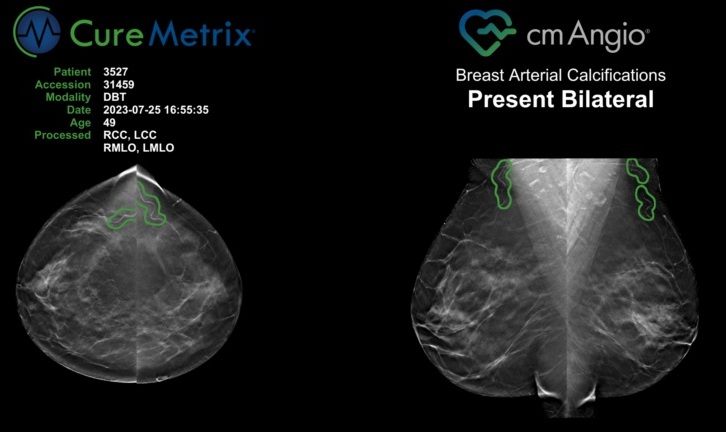For Younger Women, Study Reveals Mammography Saves Lives
By MedImaging International staff writers
Posted on 11 Feb 2014
New findings have demonstrated that mammography remains beneficial for women in their 40s. According to the study, women between ages 40 and 49 who underwent routine screening mammography were diagnosed at earlier stages with smaller tumors and were less likely to require chemotherapy.Posted on 11 Feb 2014
Researchers from University Hospitals (UH) Case Medical Center (Cleveland, OH, USA) and Case Western Reserve University School of Medicine (Cleveland, OH, USA) have published new findings in the February 2014 issue of American Journal of Roentgenology that mammography is an important detection tool for women in their 40s. According to the study, women between ages 40 and 49 who underwent routine screening mammography were diagnosed at earlier stages with smaller tumors and were less likely to require chemotherapy.

Image: Mammography unit. According to the study, women between ages 40 and 49 who underwent routine screening mammography were diagnosed at earlier stages with smaller tumors and were less likely to require chemotherapy (Photo courtesy of bartekwardziak / Fotolia).
There have been contradictory guidelines recently related to the benefit of yearly mammograms for women in their 40s. The United States Preventive Services Task Force’s guidelines from 2009 recommend against annual screening mammography for women in that age group while the American Cancer Society, American College of Radiology, and other professional societies recommend annual exams beginning at age 40.
“Our findings clearly underscore the impact of neglecting to screen women with mammography for women in their 40s,” said the study’s first author Donna Plecha, MD, director of breast imaging at UH Case Medical Center Seidman Cancer Center and assistant professor at Case Western Reserve School of Medicine. “Foregoing mammography for women in this age group leads to diagnoses of later stage breast cancers. We continue to support screening mammography in women between the ages of 40 and 49 years.”
In the study, the authors compared two groups of women between 40 and 49 years old: women undergoing screening mammography and women with a symptom needing diagnostic workup. The researchers conducted a retrospective chart review of 230 primary breast cancers and found that patients undergoing screening mammography had substantial differences in relation to treatment recommendations, stage at diagnosis and identification of high-risk lesions than symptomatic women needing diagnostic evaluation. They determined that patients in the screened group were diagnosed at earlier stages with smaller tumors and less apt to require chemotherapy and its associated morbidities. They also revealed that screening allows identification of high-risk lesions, which may encourage chemoprevention and lower ensuing breast cancer risk.
Breast cancer is a major health problem and statistics indicate that one in eight women will develop the disease in her lifetime. The stage at which the cancer is detected influences a woman’s likelihood of survival and yearly mammography after the age of 40 enables physicians to identify the smallest abnormalities. In fact, when breast cancer is detected early and limited to the breast, the five-year survival rate is 97%. “Annual screening mammograms starting at the age of 40 saves lives,” concluded Dr. Plecha. “Breast cancers caught in the initial stages by mammography are more likely to be cured and are less likely to require chemotherapy or as extensive surgery.”
Related Links:
University Hospitals Case Medical Center














